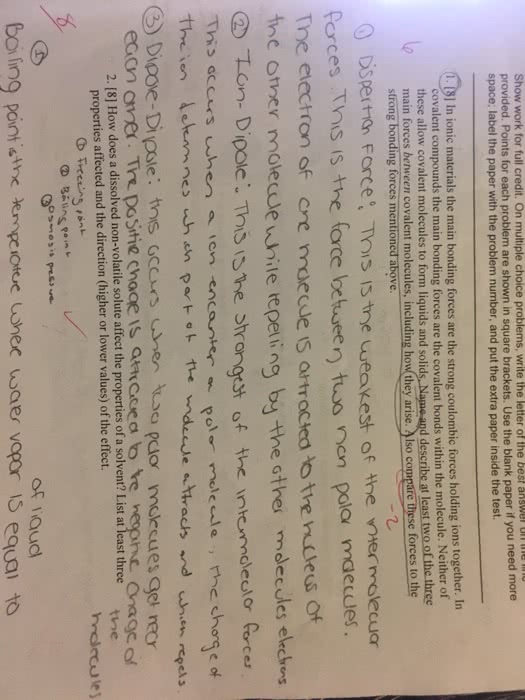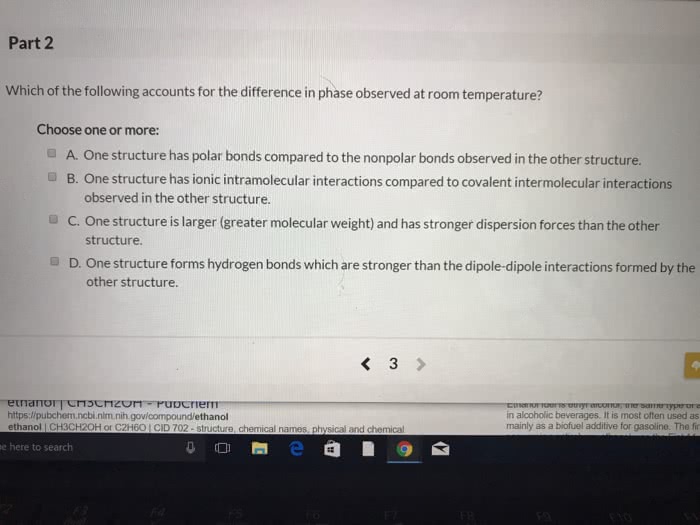CHEM 14C Study Guide - Midterm Guide: Atomic Orbital, Covalent Bond, Electronegativity
Document Summary
Non - covalent forces (identify non - covalent molecular interactions and relate them to physical properties) Boiling point requires more heat energy ) stronger non - covalent - is attraction causes to disrupt - $ interactions higher. * when one or moreforces operates , strongest force dominates. London forces ( lf ) (momentarily induced dipole) Polarizability : ability to distort electron cloud. Y" electronegativity (cid:195) iv polarizability c. harder to distort e- cloud , T aofomto radius csize) (cid:195) t polarizability ( easier to distort e- cloud ) T surface area (cid:195) t stronger lf e. g - krs x vs m ( across aperiod ) (down a group ) Dipole is formed when there is an uneven sharing between atoms in covalent bond (cid:195) creation of partial -14 - charges. * hydrogen bonding (donor ) w (acceptor ) t s - x - h - - - - - - a hashrghdeotrondensitytoatrowtsttl.


